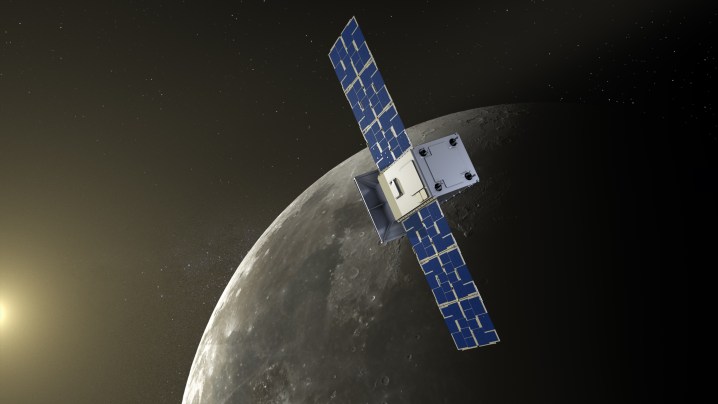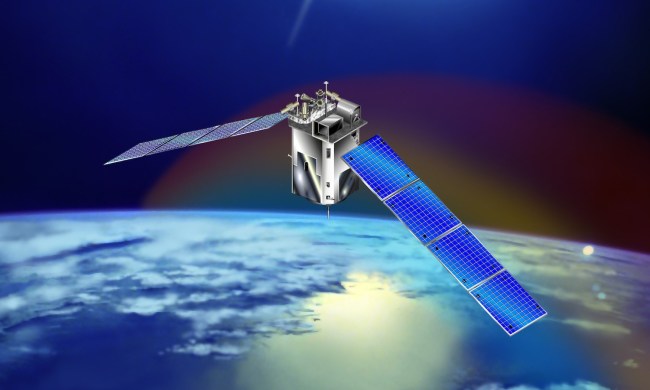NASA’s CAPSTONE satellite, in an experimental orbit around the moon, has been experiencing communications problems but is now back and running as it should be. The small CubeSat was designed to test out an experimental fuel-efficient orbit around the moon to pave the way for future moon-based infrastructure.

CAPSTONE has experienced several problems on its way to the moon. Shortly after its launch in July 2022, NASA lost contact with the satellite due to a problem with the radio system, but contact was reestablished after a few days.
In September 2022 another error occurred, forcing the satellite to go into safe mode. This left the satellite spinning as it lost attitude control, which was a particular problem as it was unclear whether there would be enough power generated by its solar panels. In October, engineers sent recovery commands to the satellite and were able to get its spin under control.
Despite these issues, CAPSTONE was able to make it to the moon and complete an orbit insertion maneuver, bringing it into its near-rectilinear halo orbit in November 2022.
Since then, CAPSTONE has completed 12.5 orbits of the moon, which is well past its original objective of six orbits. This is important as it helps demonstrate the feasibility of this orbit for future missions like the planned Gateway lunar space station.
However, the satellite has been having more problems this year, with a communications issue beginning last month. Fortunately, that issue has now been fixed.
“Beginning Jan. 26, CAPSTONE was unable to receive commands from ground operators,” NASA wrote in an update. “The spacecraft remained overall healthy and on-course throughout the issue, sending telemetry data back to Earth. On Feb. 6, an automatic command-loss timer rebooted CAPSTONE, clearing the issue and restoring two-way communication between CAPSTONE and the ground.”
Now, the team is getting the satellite ready for its next job: testing out a navigation system called Cislunar Autonomous Positioning System, or CAPS. The idea is to use data from both CAPSTONE and another moon-orbiting spacecraft, NASA’s Lunar Reconnaissance Orbiter, to identify the exact position of a satellite in space using an approach called cross-link. Another test will be of a new data type for sending data using an onboard atomic clock.



